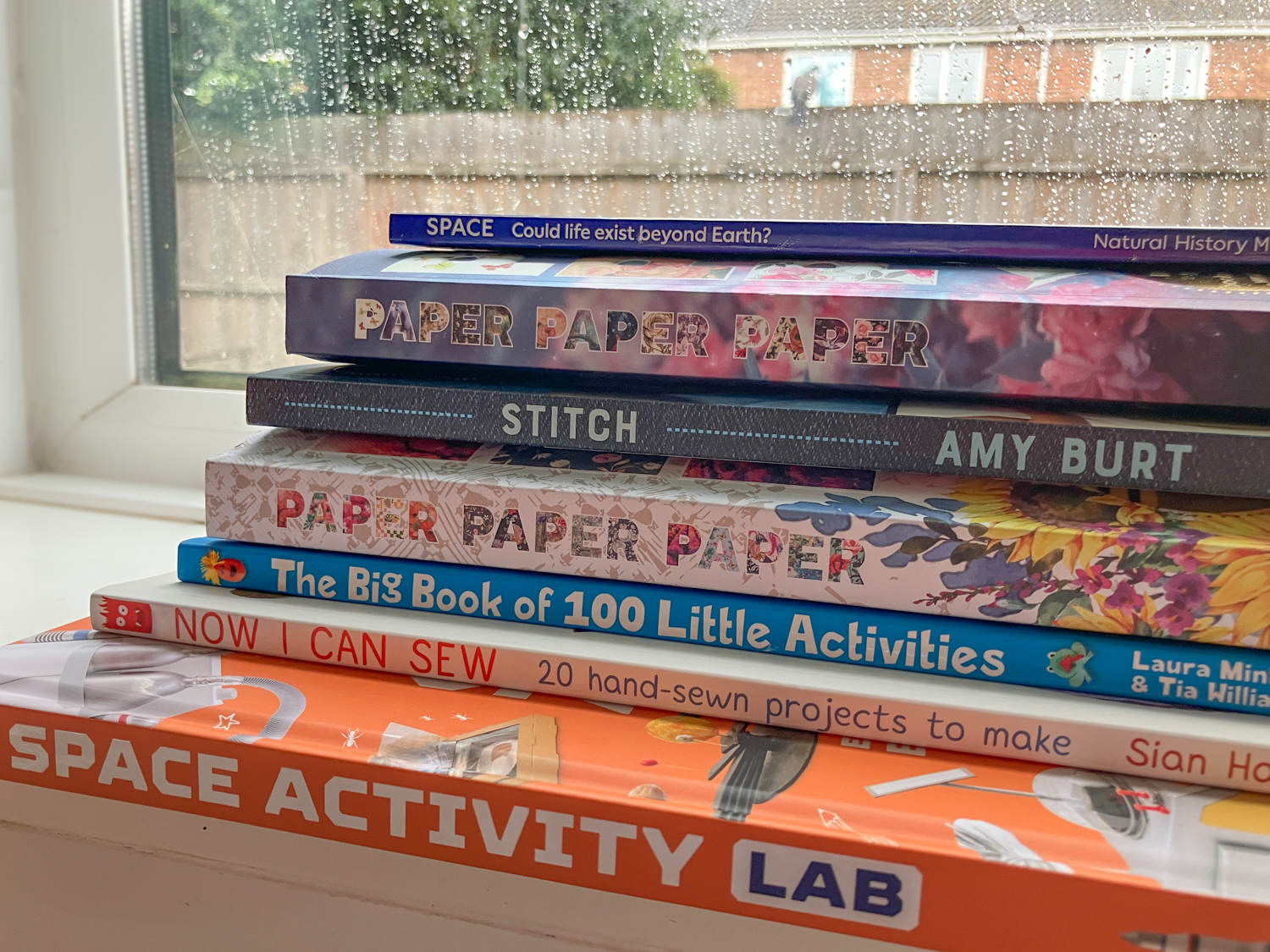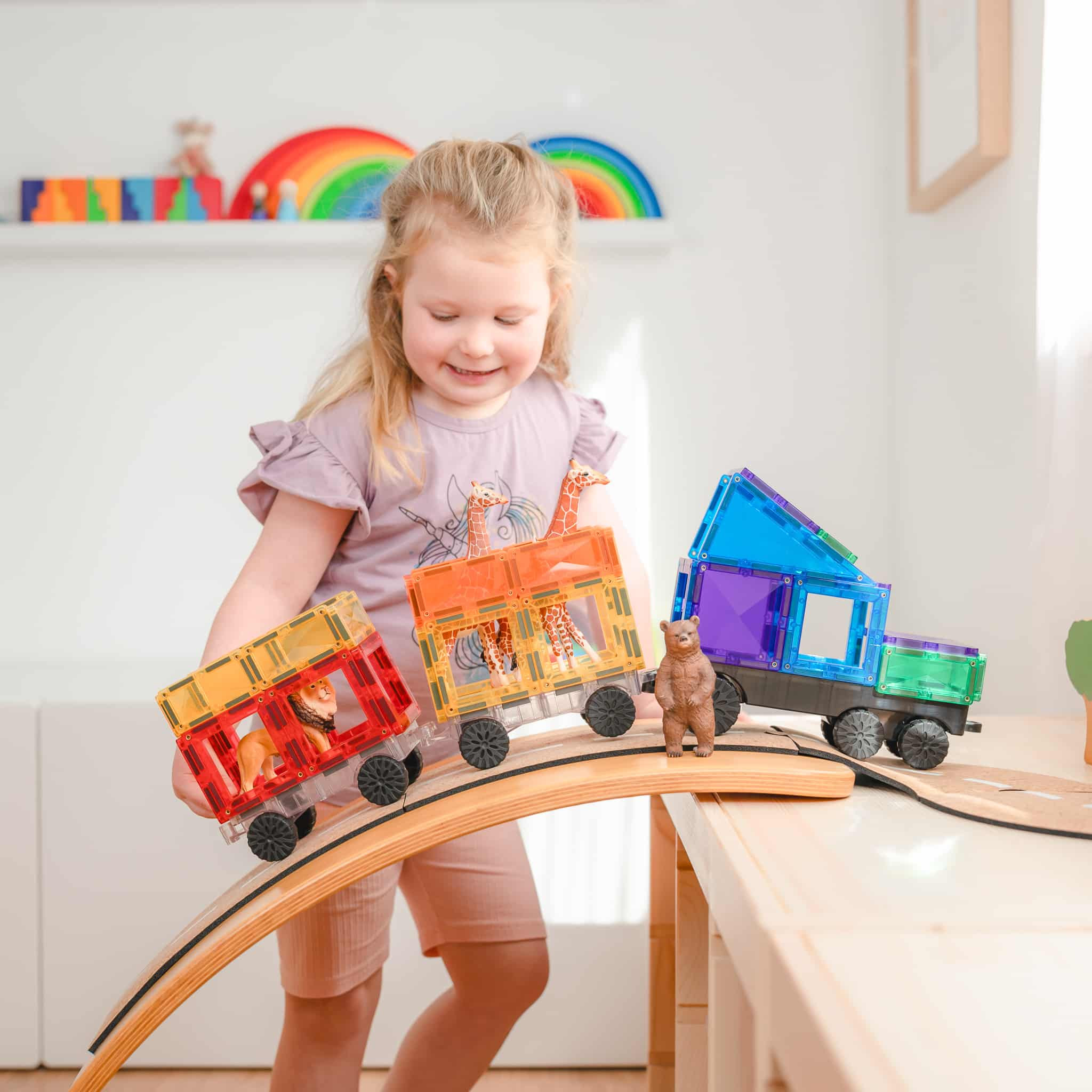The pink links in this blog post indicate an affiliate link, sponsored link or information source. All thoughts and opinions in this post are based on my own experience and I am not responsible for your experience.
Even though half-term is finishing soon, many youngsters won’t be heading back to school next week, and will continue to be home-schooled until at least March. So, if you need some ideas to keep your children entertained and educated over the coming month here are some activities and lessons you might want to try…
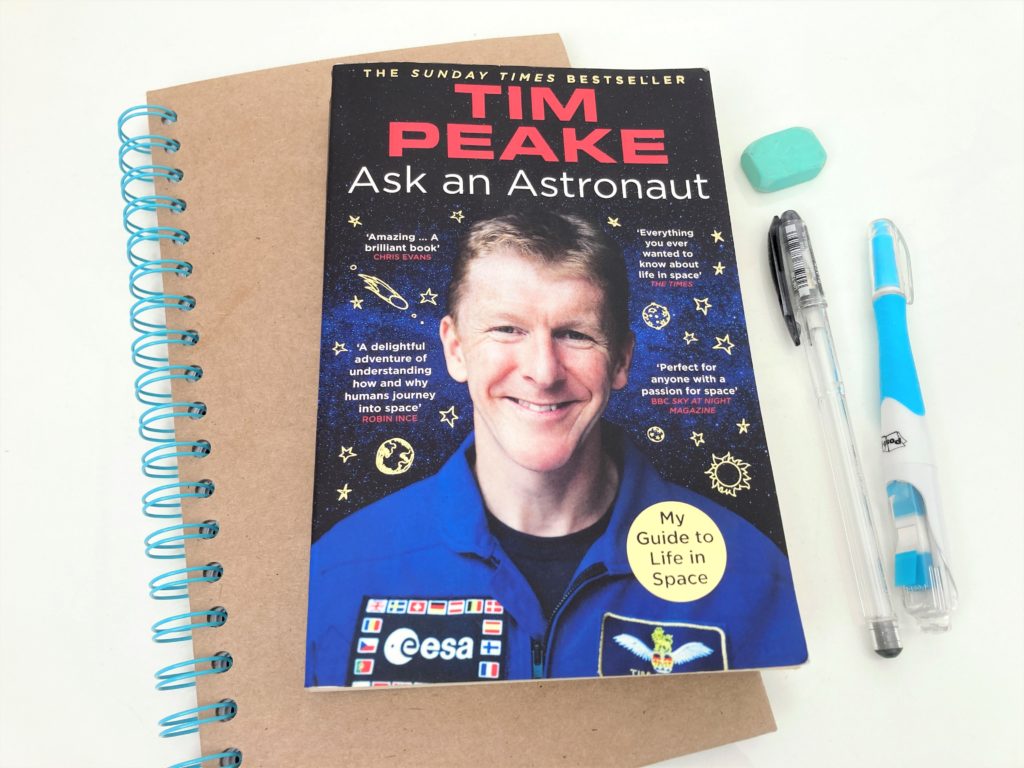
1 BAKE ALONG
Many household activities involve curriculum-ready tasks and baking with kids is one of my favourites. You can get primary-aged children to measure out quantities for a recipe using scales, then they can help you mix everything together and enjoy eating their finished bake. Little ones of any age can get creative using cookie cutters to make and decorate their own biscuits (even if you’ve had to make the dough for them). An chemical, toxin and pollutant-free baking set from Dantoy would be handy for this activity, with tiny tools and cookie cutter shapes that are suitable for little hands. Made with sugarcane Bioplastic these utensils can be played with as toys but are also approved for contact with foods, are microwave safe, dishwasher safe and frost-proof.
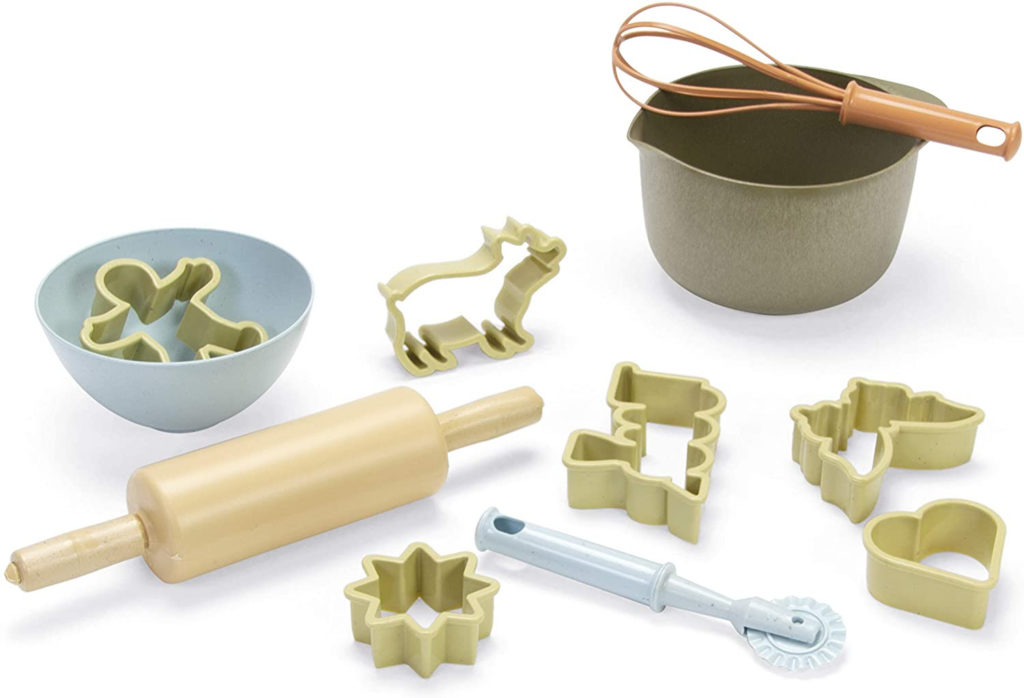
Older children can take on more responsibility for making a recipe, or even creating a meal from scratch, just like they would in Food Technology classes. You can challenge them to halve the ingredients in the recipe to make a smaller quantity, or teens can multiply the measurements from a 4-portion recipe to make it suitable for 6 people, and so on. You can make the cooking challenge as easy or as difficult as needed to cater for all ages and abilities.
2 STEM GAMES
Even though you might not have a science laboratory at home, you can still encourage your children to learn more about the four disciplines of Science, Technology, Engineering, and Mathematics that make up the STEM subjects. A great way to do this is through building-kits that help them to learn while they play – and will certainly require some quiet concentration! The Geomag Challenge Goal kit is STEM.org certified and, even though it’s a game, Geomag kits are all about invisible forces such as gravity, magnetics and motion. Even the construction process is a learning activity as mechanics comes into play, so it’s ideal for ages 7+ to learn more about physics.
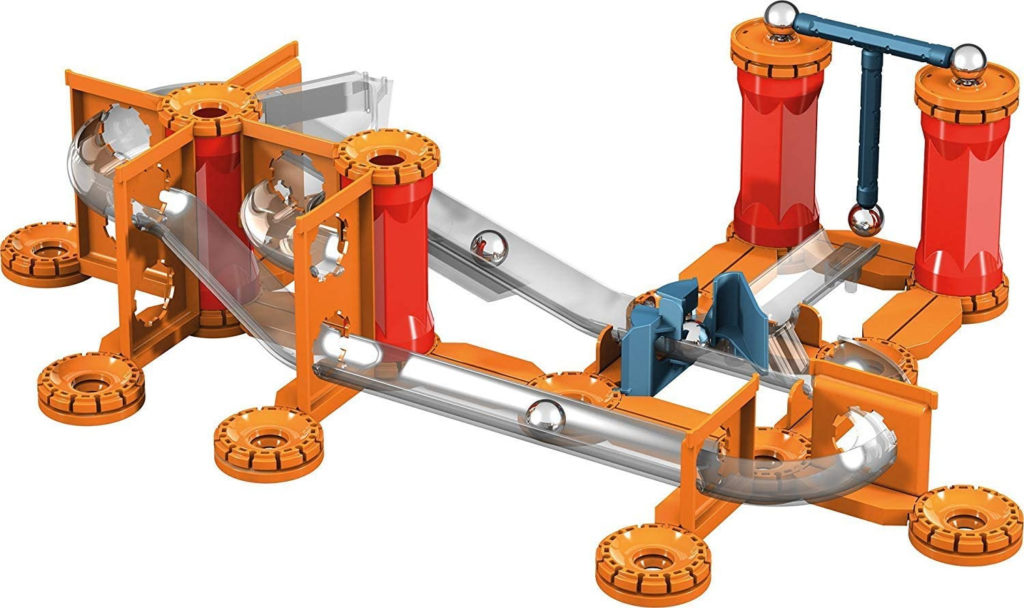
3 BIOLOGY
The great thing about doing a biology lesson at home is that you already have all the equipment you need – the human body! Suitable for ages 5 years and up, this Human Body science kit contains 26 experiments so it’ll keep you busy while home schooling. Exploring fingerprints, testing hand-eye coordination, measuring lung capacity and balance exercises all help kids to learn more about bones, muscles, skin and processes within the body. The kit comes with a book to help them get the most of the activities and help them learn while they experiment.
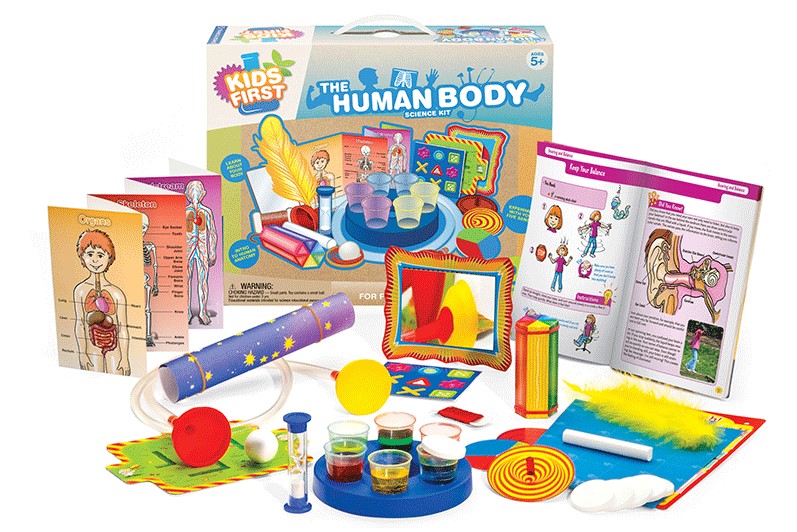
4 PHYSICS AND ASTRONOMY
I’m such a space geek so I couldn’t put together a list of home schooling lessons without mentioning astronomy. You can find masses of resources via astronaut Tim Peake’s project activities on the STEM.org,uk website, including science challenges and even creative writing. Learning about the solar system is part of the physics curriculum at high school but this paint-your-own planetarium kit is suitable for ages 8+ so it can help younger children to get interested in space sooner. Plus, it glows in the dark so will make a lovely decoration for your child’s bedroom. I’d also like to recommend Tim Peake’s ‘Ask An Astronaut’ book for further reading as it’s so interesting, the topics are easy to understand and who hasn’t wanted to find out how astronauts shower in space?!
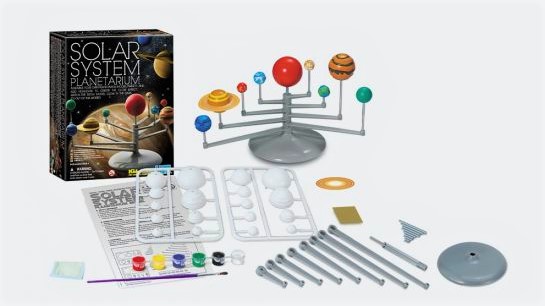
5 DESIGN TECNOLOGY
Here’s a cool lesson that your kids probably wouldn’t even get to do in school – building a robot! It may sound complicated but with a build-your-own robot arm kit, your youngster has got everything they need to be able to do just that. It will keep children occupied (and quiet) for hours and has such a satisfying result. Your youngster will create a robot arm (much like a mini version of the ones in car factories!) with a wrist, elbow and gripper. The remote control handset can make precision movements to make the arm pivot, elevate and grab hold of items. Who would have thought that kids could learn about robotics at home??
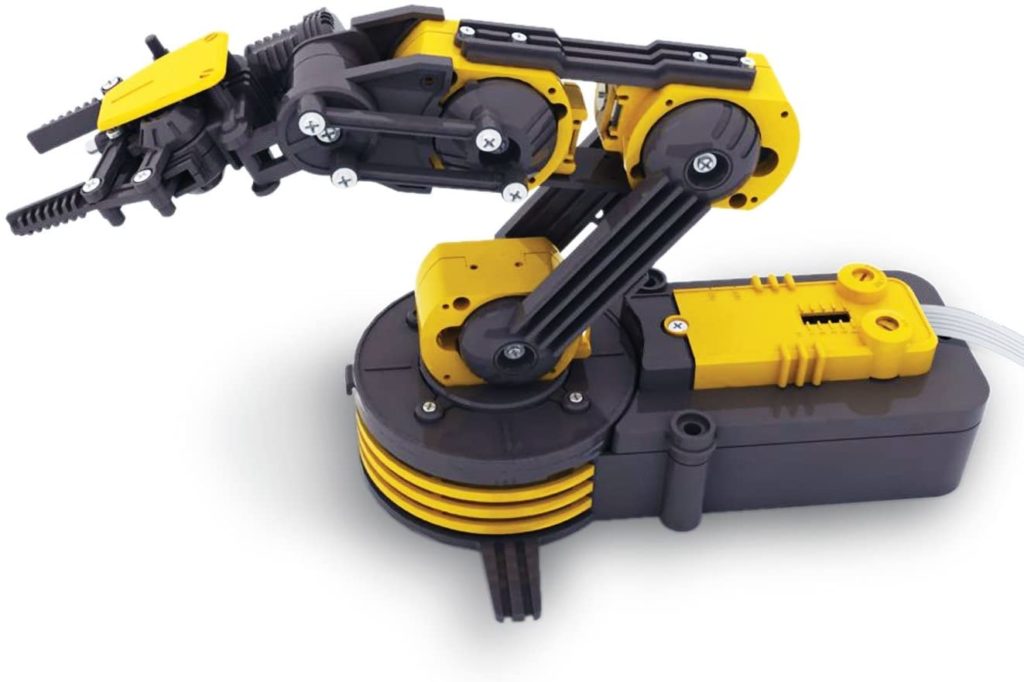
6 ENVIRONMENTAL SCIENCE
Learning about solar power feeds into both science and environmental studies so using any kind of solar-powered device (such as a solar cell phone charger or a solar-powered torch or fairy lights) will help children to understand how the power of the sun can be harnessed to create power. Using a kit to make a moving solar-powered item another great way to engage kids in a science lesson at home. Not only will a hydraulic construction kit like the one below teach children aged 8+ about design and construction, it will also get them to think about renewable energy. Plus, it’s probably really fun to play with too! This kit will probably take a good few hours to make, isn’t a messy process and, with 12 different creations to make, (and no need to buy batteries) it can be used time and again for home schooling.
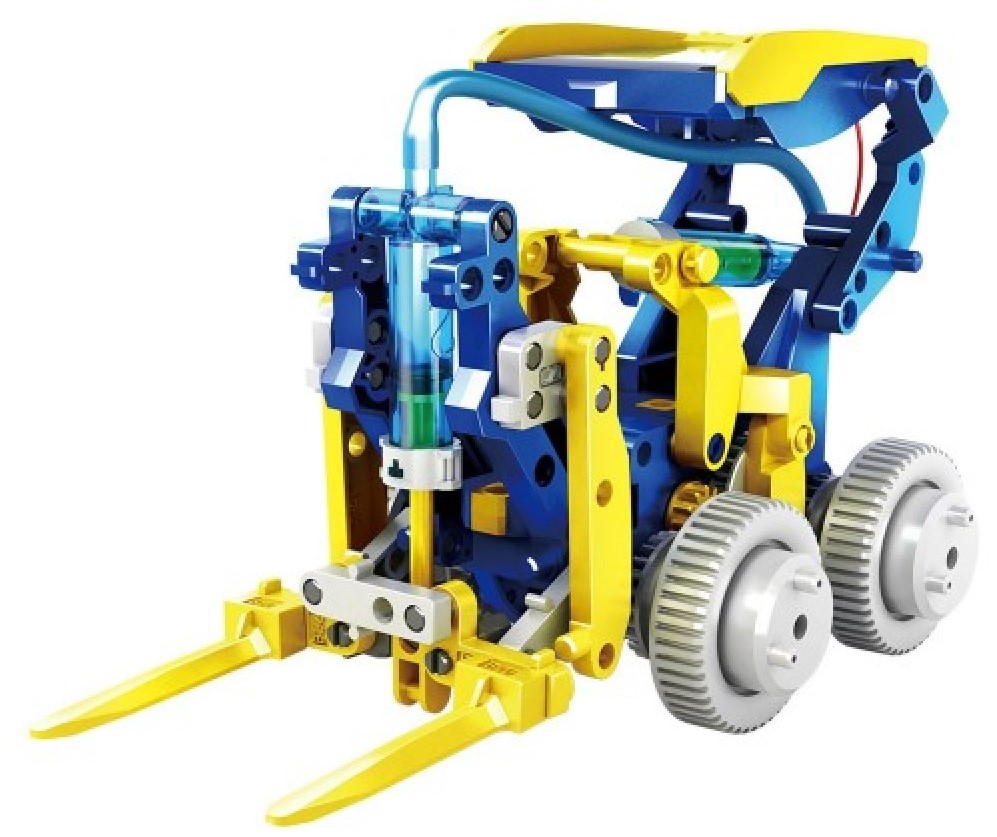
7 PHYSICAL EDUCATION
You’ll no doubt have heard about Joe Wicks’ PE lessons during lockdown but there are plenty of other movement activities that children can do too. For example, Strictly Come Dancing star Oti Mabuse runs free Lockdown Warriors dances classes from her living room every Monday, Wednesday and Friday at 11am. You can sign up for the classes through Oti Mabuse Dance Studio and dance along on Zoom. This helps with coordination and memory as well as, of course, getting your little ones active. It’s suitable for all ages – I regularly do the classes myself! – and previous lessons are available on YouTube.
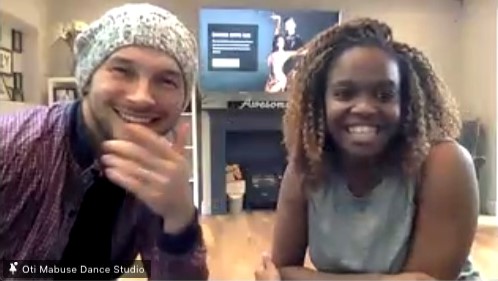
I hope these activities have given you some ideas for home schooling lessons that you can easily incorporate into your day. You can adapt the task to suit different ages so hopefully there’ll be something suitable for children and teens in this blog post. Let me know what ideas you have for home schooling in the comments below, I’d love to hear your tips! 🙂
PIN IT FOR LATER
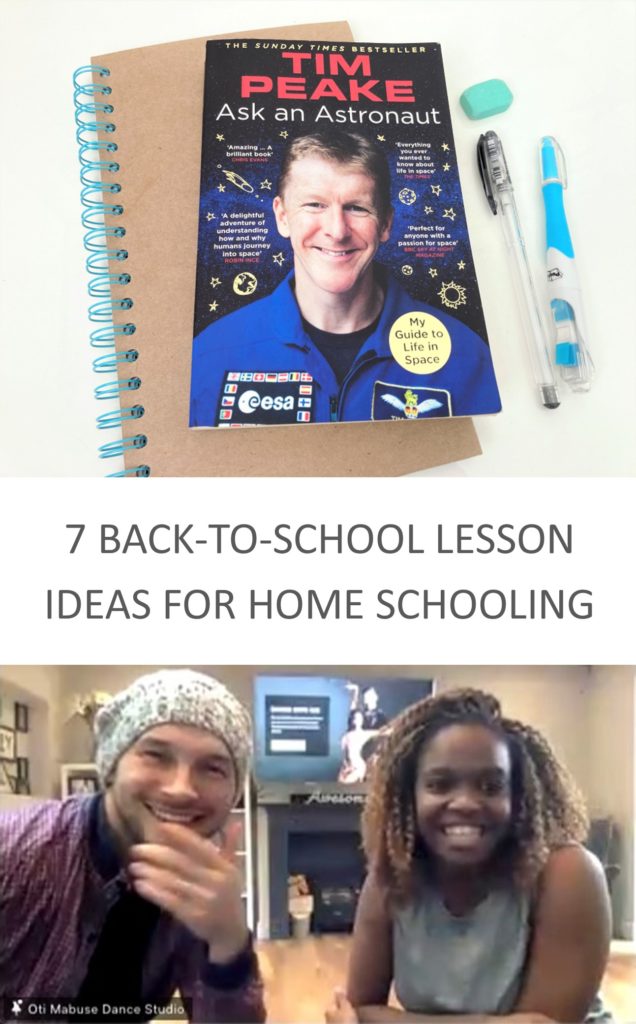
Some items in this blog post have been gifted to me and the pink links indicate a gifted product, affiliate link or information source. All thoughts and opinions in this post are based on my own experience and I am not responsible for your experience 🙂


















